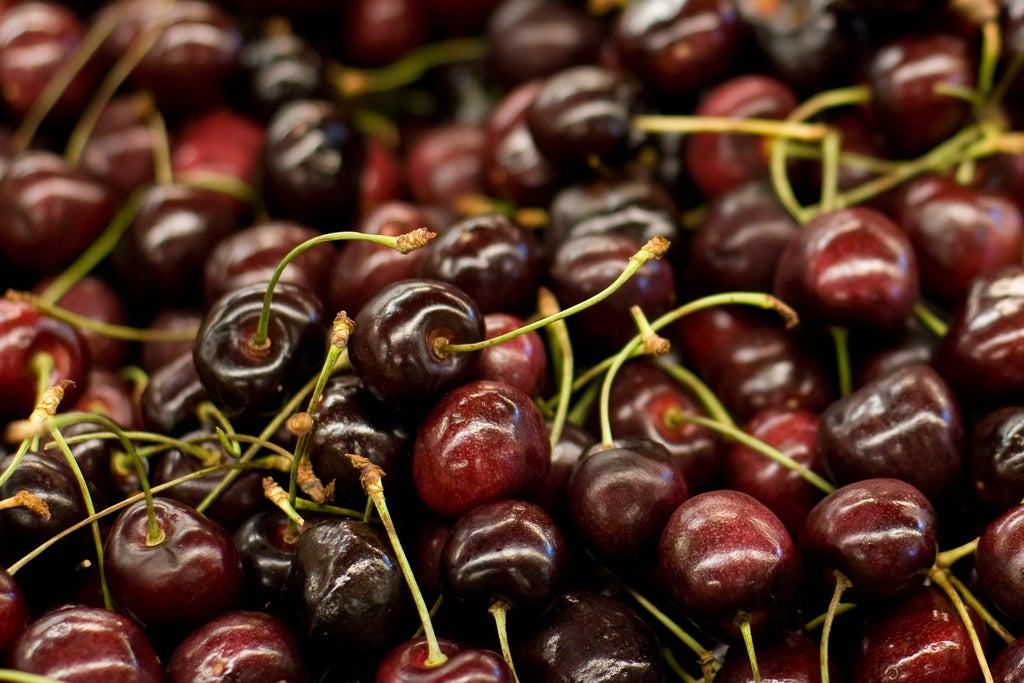How to Stay Energized on a Thru-Hike

'Photo by Brad Greenlee'
Eat often.
Bonking makes hikers tired, irritable, and prone to making bad decisions. Prevention: Snack on carb-rich foods—about 600 calories every two to three hours while hiking—and increase the amount of steady-burning fat in your diet. Shoot for a ratio of around 50 percent carbs, 35 percent fat, and 15 percent protein.
Watch the clock.
The half-hour window after you stop hiking for the day is the most crucial time to fuel your body in order to start the recovery process.
Go for variety.
All the calorie planning in the world won’t matter if you don’t find your meals appetizing. Pack an assortment of tastes and textures (sweet, savory, crunchy, soft).
Keep breakfast simple.
Pop-Tarts with nut butter and cold cereal with rehydrated, full-fat milk provide carbs, fat, and protein—while still getting you on the trail fast. Tip: Whole-wheat Pop-Tarts are lower on the glycemic index, offering sustained energy.
Eat before bed.
A pre-snooze snack gives your body the energy it needs to stay warm and repair damaged muscles while you sleep.
Choose calorie-dense foods.
Nuts pack a punch, but get creative. Potato chips are calorie-dense but bulky as packaged. Solution: Crunch them into potato-chip dust and sprinkle on dinner.
Maximize meals in town.
Before filling up on pizza and burgers, have a meal of fresh vegetables and fruit. Once full-blown “hiker hunger” sets in, you’ll still have room for that pizza.
The Expert
Fortunately for thru-hikers, a nutritional biochemist is on your side. Brenda Braaten, Ph.D, became interested in long-distance diets after section-hiking the AT. She now runs a hostel on the PCT. Her Pack Light, Eat Right guide is available at thru-hiker.com.